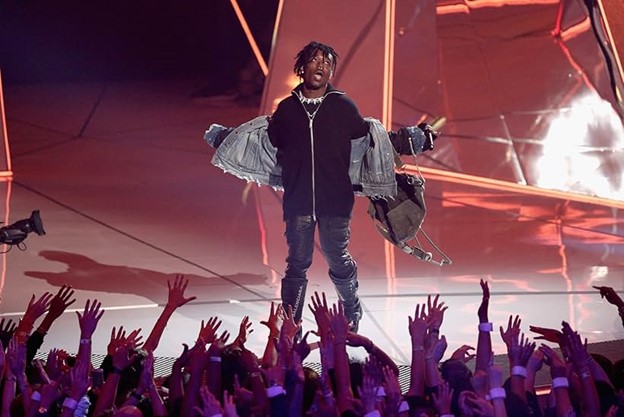
Microsoft took the stage on Jan. 21 in an event that encompassed everything from operating systems and universal apps to video games and holograms. At the focal point of the event was the next generation of its operating system – Windows 10.
The latest iteration of Microsoft’s operating system does not yet have a release date, but the company revealed it has 1.7 million users currently beta testing the software before its release, and it stated Windows 10 would be available as a free upgrade for the first year of its release. This free upgrade only applies to those who are currently running Windows 7, Windows 8 or Windows Phone 8.1, for mobile device owners.
Not only will Windows 10 run on all Microsoft platforms, there will also be greater communication and cross-platform use by way of universal apps. Microsoft Word, PowerPoint, Outlook and Photo will all have mobile versions that can access documents across multiple devices using OneDrive. In many ways this is Microsoft playing catch-up, as these apps have existed for use on Android and Apple devices for some time now.
Windows 10 will be rolled out with a new Internet browser pre-installed as well. The new browser, codenamed Spartan, will be offered alongside Internet Explorer and will include integration with Cortana, Microsoft’s A.I. assistant, similar to Apple’s Siri. The browser will allow users to save articles to read offline later, and include a built-in PDF viewer and distraction-free reading mode. Spartan is being billed as a more streamlined browser, and has been likened to Google Chrome and Firefox.
Cortana, named after an A.I. character from Microsoft’s popular “Halo” video game series, is not being left out of the upgrade frenzy. The A.I. assistant, which is currently only available for Windows Phone users, will be added to Windows 10 and gain new features exclusive to the PC version. Cortana will be able to access users’ OneDrive as well as their local hard drive and will be able to actively filter search results based on what she believes is most relevant to the user’s search and situation.
On the gaming front, Microsoft’s head of Xbox Phil Spencer announced their upcoming game, “Fable Legends” will allow cross-play between players on PC’s running Windows 10 and those playing the game on Xbox One. This is possible, Spencer explained, due to the introduction of DirectX 12, the latest iteration of the Microsoft API. DirectX 12 purportedly allows for more complex programs and higher frame rates while simultaneously taking less processing power to run, thus allowing for higher end applications to run across platforms. Spencer also revealed users will be able to stream Xbox One games they have installed on their console to Windows 10 PC’s and tablets.

By far the most intriguing portion of Microsoft’s two-hour event was the unveiling of the Microsoft HoloLens and Windows Holographic. The HoloLens is an augmented reality headset equipped with transparent lenses through which the wearer can see 3-dimensional holographic images laid over their real-world surroundings. Alex Kipman is the chief inventor of the project, which he has been developing for over five years. The headset will work in tandem with Windows Holographic, a new feature built-into Windows 10. It can also operate without connection to a phone or a PC, as it contains an on-board CPU, GPU and HPU, or holographic processing unit. The HPU is the first of its kind. In a demonstration video, users can be seen exploring Mars alongside the Mars Rover, making design changes to a motorcycle plucked from their computer screen and playing Minecraft in a living room, atop couches and tables.
The technology is truly mind-blowing and futuristic, but as this was simply a demonstration video and not a live demo, we should temper our expectations. That’s easier said than done however, as this could be the realization of every tech-enthusiasts dream, if it works correctly. No price or release date has been announced for the device.
If one thing can be said following this information-packed event it’s that Microsoft’s definition of “present day” is much different from many of their counterparts. On the one hand they are climbing their way out of the recent past, constantly playing catch-up on fronts such as multiplatform communication and universal apps. They are just now replacing Internet Explorer, a browser that has been widely considered irrelevant for quite a few years now. Much of their coming tech, including Cortana and Spartan, as well as their work with Windows Phone seems more like a response to companies such as Samsung and Apple, who are still years ahead, than anything else.
On the other hand they are intent and excited to bring us into the future with the HoloLens and Windows Holographic, no matter how close or distant that future may be. The project has near limitless research, educational and entertainment possibilities. The hype and expectations surrounding the project could lead to a flop akin to the deflating and disappointing Kinect. However, if Microsoft handles its release correctly, it could propel us into a future we’ve previously only been able to imagine.
Cory J. Willey can be reached at [email protected] and followed on Twitter @cojwilley.


















